Reading to our kids is something that can start right away…even while they’re tiny! Many young readers are entertained and encouraged by being read to and following along with the illustrations. Board books are often the first pages we turn, as they are durable enough for babies and toddlers!
So what is a board book? A board book is a durable version of a regular book with pages that are so thick they are like “boards”. Board books are generally almost an inch thick but have less than ten pages. Written for babies and toddlers, these simple books often have large words and colourful illustrations that will keep the attention of a baby or toddler (and stand up to their developing motor skills!).
Introducing books at a young age
To learn about why early literacy is so important (and learn how to teach it), check out this post: Supporting early literacy at home.
Board books are often our first introduction to literature. Mothers-to-be receive board books at their baby showers even before baby is born! From the time we learn to grasp things with our hands, we are given board books of our own to have and hold. Perfect for the tiny humans in your life, board books provide endless hours of educational entertainment. Here’s everything you need to know about board books for babies and toddlers.
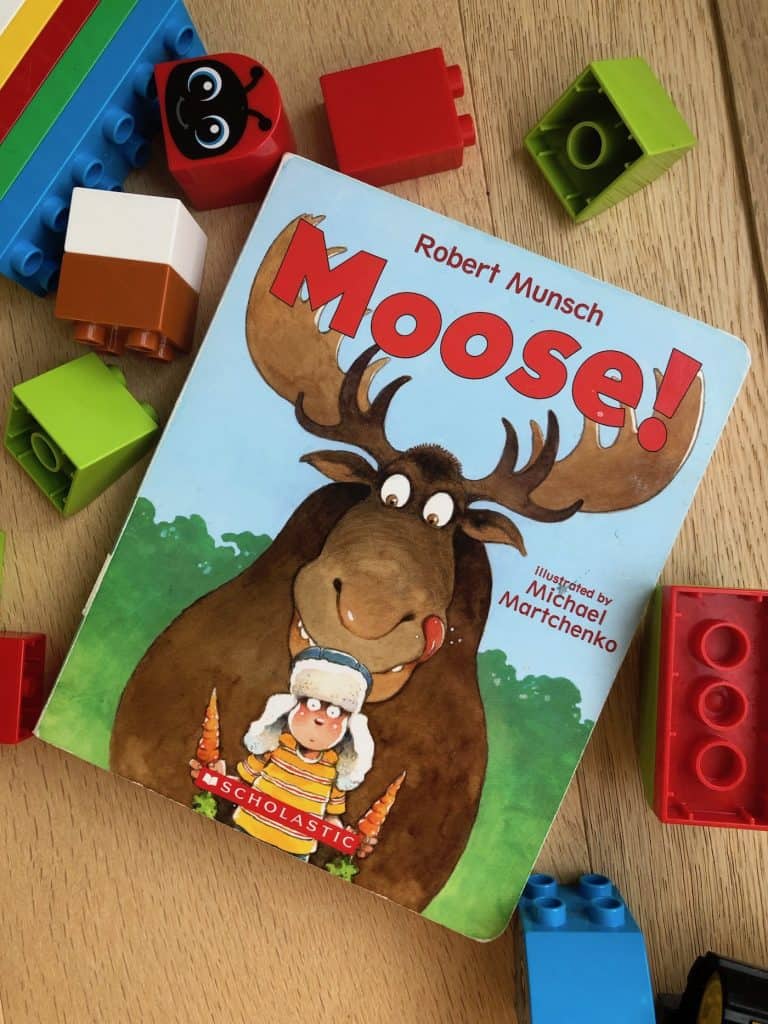
What age are board books appropriate for?
Board books are appropriate for babies aged 6 months to toddlers 4 years old. Once your child is mature enough to understand how to treat a standard book, you can upgrade to children’s books printed on standard paper. Starting them off with board books familiarizes them with the concept and is a vital steppingstone.
What would happen if you gave your 10-month-old niece a magazine, newspaper, or book printed on paper that is made for hands with fine motor skills? There is a distinct possibility they would put it in their mouth and rip out the pages, destroying it to shreds….
Not only is it unwise for the safety of the book, but also the safety of the child. It would be quite easy for them to tear off pieces of the book, presenting a choking hazard.
Just because there is an age suggestion, don’t let it be a strict rule. Many older children still like reading board books from when they were smaller. On the opposite end of the spectrum, just because the age suggestion starts at 6 months old, that does not mean that you can’t read it to them before the half-year mark hits. They are tiny sponges from day one. Reading is fundamental.
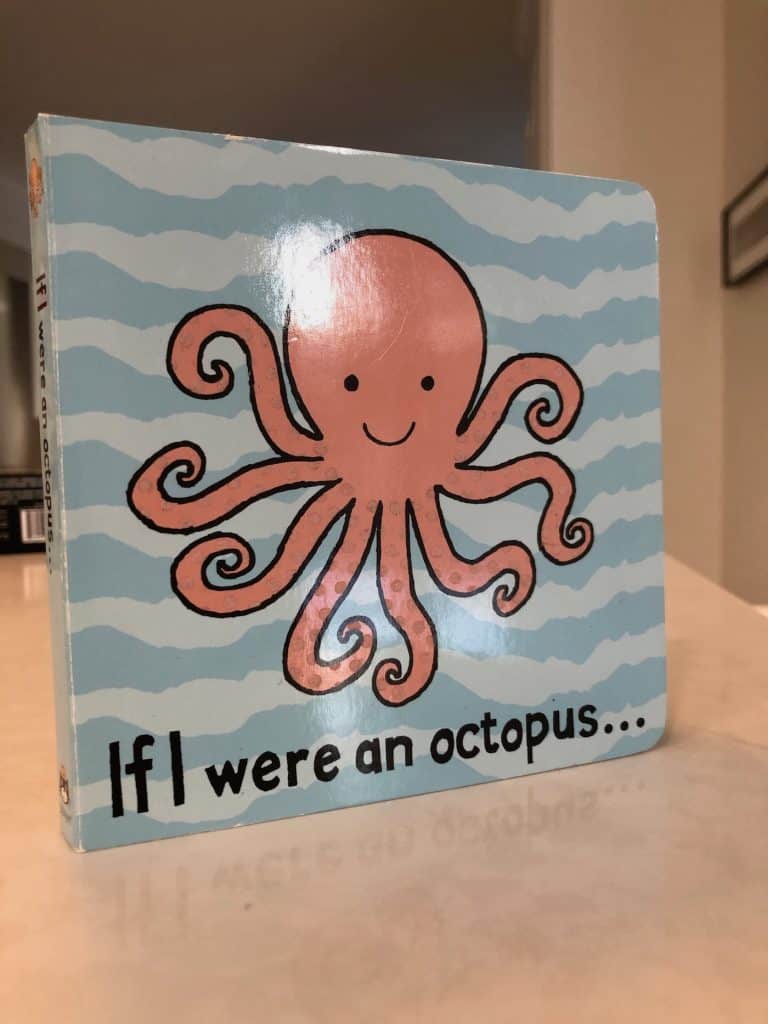
How is a board book made?
Unlike a book created for big kids and adults, which is made by printing directly onto the paper, a board book must be a hundred times more durable. Resistant to energetic kids that might try to chew or throw the book.
Thick cardboard is used as the foundation for the board book. Once the board is cut to size, the material is printed on a thinner board or paper, and the two are bonded together. Pages are arranged in order and laid upon each other to form a spine.
Often the board book will be finished with a coat of glue or sealant, which acts as a second line of defense against the wear and tear from little baby hands (and mouth, and feet, and rear end.) Face it; kids can be tiny tornados. But, you’ve gotta love ‘em.
Board books are often given a very glossy finish for easy cleaning surface. Children tend to be sticky-fingered and messy-mouthed. If they smeared their peanut butter and jelly sandwich that you gave them for lunch all over their paperback book about the ABC’s and 123’s, it would be totally ruined. But…a board book would survive!
Not only do board books have a glossy finish for protecting against sticky fingers, but a gloss also gives you a fighting chance against wiping away crayon drawings that may somehow end up in them.
You’ll probably find it easier to clean, than to get a direct answer as to how the crayon got there in the first place. Although we encourage artistic expression, we might also want to instruct them on where to create their masterpieces.
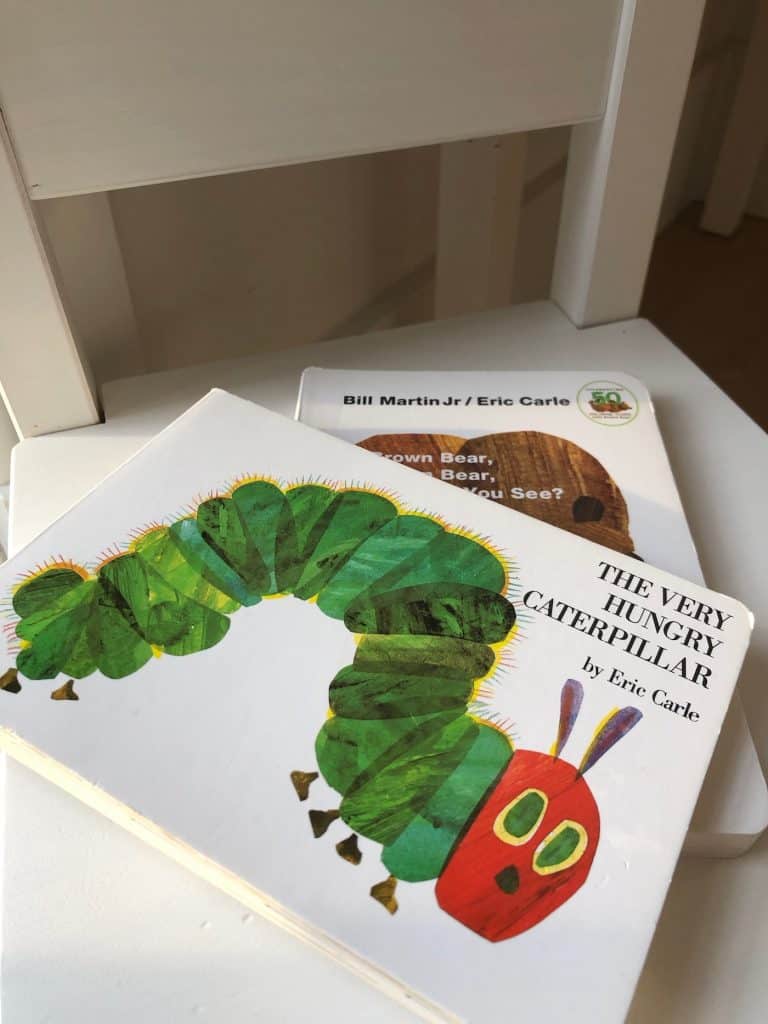
Board books help build motor skills
At a young age, we begin to start building our motor skills by learning how to handle big chunky children’s toys and books. Which is why board books are perfect for tiny hands. The vibrant colors and images will capture our attention, encouraging us to stay engaged.
As we learn that there is something exciting on the next page, we begin to navigate our way through the book. Eventually, we will be able to turn the pages with smoother more gentle movements.
We follow along with the person reading to us; they point to the letters and sound out the words for us. This builds vision and attention focusing skills as well.
One can hope that through children’s literature, young children will find their voice. Speaking the first word is a milestone celebrated by every parent. The more often we read to our children, the more comfortable they get with the spoken word and – before you know it – their own speech.
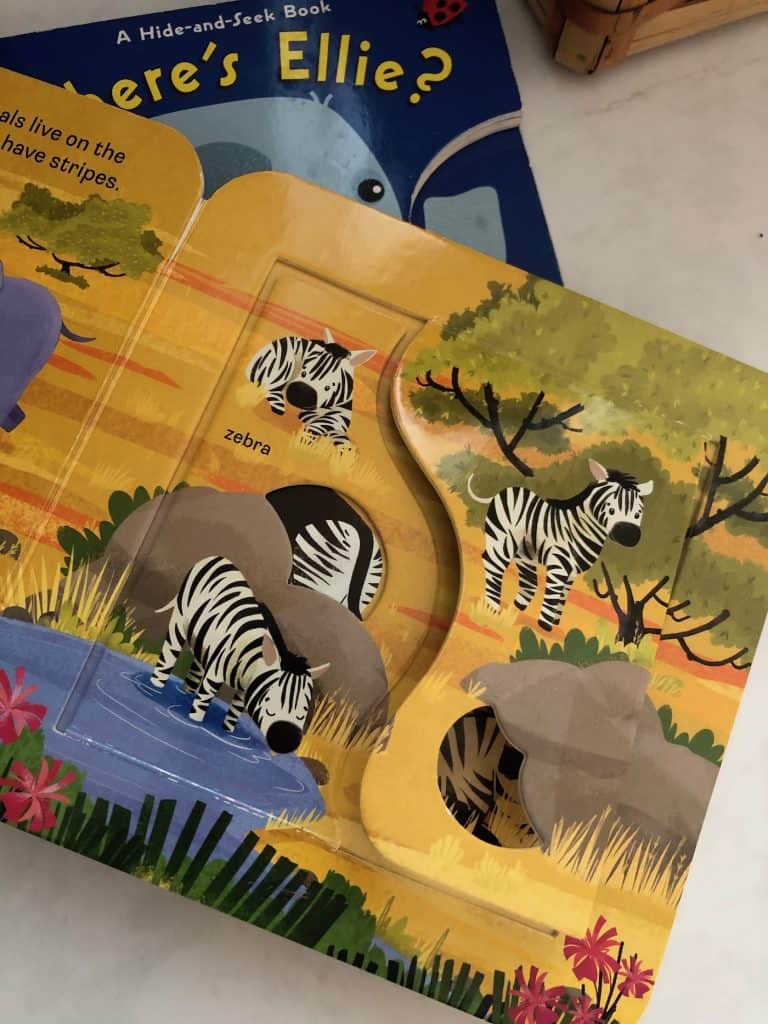
The educational entertainment of children’s books
For us, books are entertainment because we are able to read and comprehend the printed material within them. We don’t necessarily need colorful pictures and content typically geared towards children to keep our attention.
Our first books are designed to teach us the basics. Starting out with matching spoken word to a visual image (and maybe a sound effect if the reader is animated enough!) Even if the child can’t yet speak, treating them as if they are wise enough to can help instil confidence.
Getting the hang of matching can be a tough first step, but it will make letter recognition lessons a smoother transition. Large, bold letters are eye-catching for children and when paired with an image they are attracted to or can relate to is used in correspondence with it learning can be fun. And that’s a lesson I wish we all could learn.
Once we recognize and can correctly identify the letter and the sounds that they make, we can move onto putting them together to form words. These lessons can help parents to recognize possible learning challenges, vision challenges, and other challenges that can be crucial to catch at an early age.
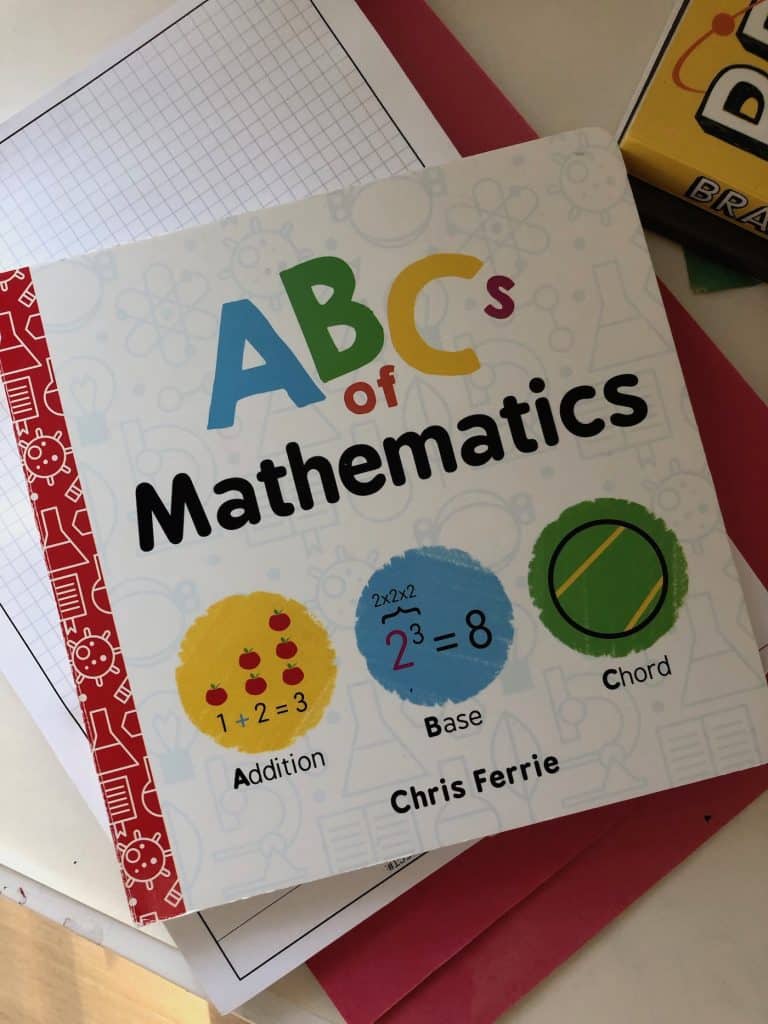
Board books in a world of technology
As e-books, iPad, and online lessons have become more and more popular, printworks have unfortunately been going out of style. Books used to be our only connection to the world outside of ourselves. Now, we have the whole world at our fingertips.
Perhaps board books are even more precious as screens infiltrate our lives more and more. Screens are very much a solo activity for users of all ages. More than ever, parents look forward to that special reading time with their little ones.
For those of us who are conscious of our paper usage, there is also the option of recycled paper books. You can find that iconic triangle made up of arrows printed with pride on the back, or inside the front cover. Purchasing books made from recycled paper is a responsible way to keep the art of printing alive for future generations to enjoy.
If you have a box of old books stashed away up in your attic or out in your garage, consider bringing them out and dusting them off. Books are nostalgic and magical, bringing back long-lost memories and transporting you to another time and place.
Decided they no longer spark joy in your life? Donating them will give someone else a chance to learn and be inspired by them. Share the wealth of knowledge!
Resources
Looking for more posts about reading and writing for young learners? Perhaps you will enjoy one of these!
- Letter tracing ideas: Ways to make writing fun!
- Alphabet letter tracing worksheets from A-Z
- Early literacy tips for parents
- How to teach sight words
- When to teach sight words
- Sight word sentences for emergent readers
- Prepositions of place for Kindergarten: Learning activities
Reading and writing with young learners
Books are just one part of a child’s literacy journey! Check out our literacy category for more articles about reading and writing.
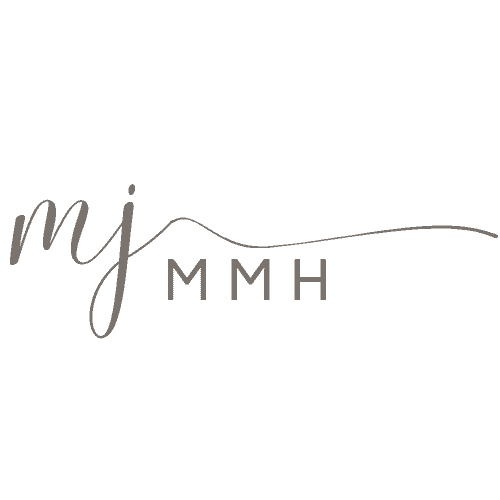
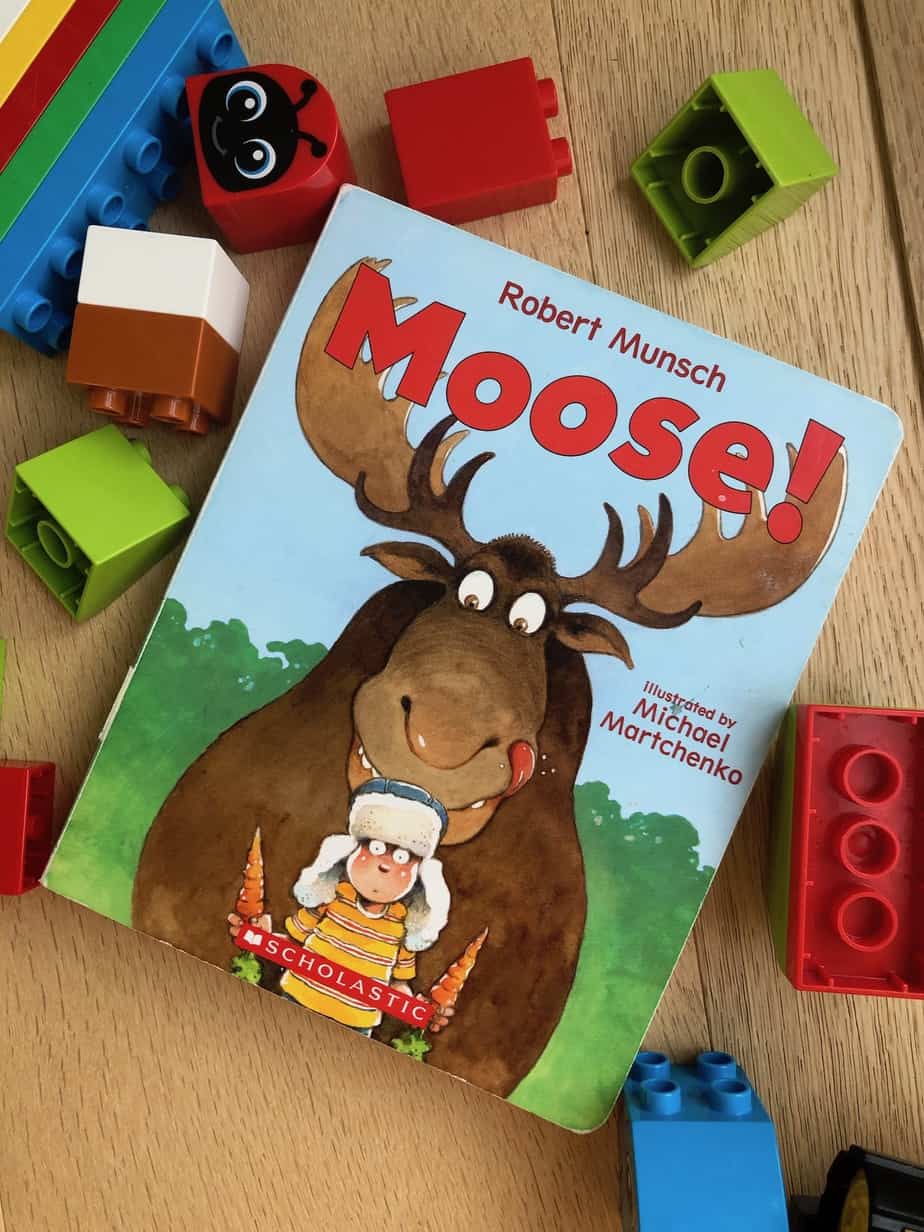
Leave a Reply